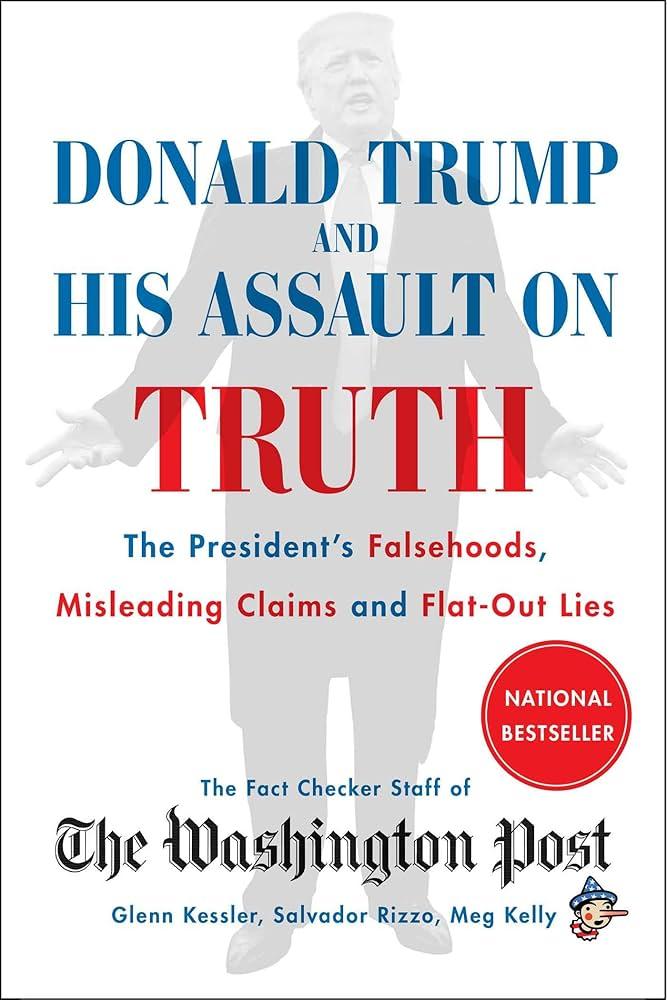Analyzing the Truth Behind Donald TrumpŌĆÖs Recent Claims on Immigration and Urban Crime
Unpacking MexicoŌĆÖs Role in Immigration: A Closer Look at Border Realities
Former President Donald Trump has frequently highlighted MexicoŌĆÖs involvement in the surge of unauthorized immigration to the United States. However, a detailed examination of recent data reveals a more complex picture. Contrary to assertions that Mexico is lax in controlling its border, Mexican authorities have actually stepped up enforcement efforts significantly. Collaborative operations between U.S. and Mexican agencies have resulted in increased migrant detentions and the disruption of human trafficking networks.
It is important to note that the majority of migrants apprehended at the U.S.-Mexico border originate from Central American nations such as Guatemala, Honduras, and El Salvador, rather than Mexico itself. This nuance is often overlooked in political discourse, which tends to simplify migration flows.
- MexicoŌĆÖs immigrant detentions rose by over 30% in the last year.
- Joint U.S.-Mexico initiatives have successfully dismantled multiple smuggling corridors.
- Central American migrants constitute the largest group intercepted within Mexican territory.
| Year | Migrant Detentions in Mexico | Year-over-Year Change |
|---|---|---|
| 2021 | 132,000 | +12% |
| 2022 | 172,000 | +30% |
| 2023 | 180,000 | +5% |
Separating Immigration from Urban Crime: The Case of San Francisco
TrumpŌĆÖs rhetoric often links immigration issues with rising crime in cities like San Francisco, suggesting a direct correlation. Yet, a thorough review of crime data from the San Francisco Police Department paints a more nuanced scenario. While certain offenses such as property crimes have increased, violent crimes have either stabilized or declined slightly in recent years. Experts caution against using selective statistics to support sweeping claims, emphasizing the importance of contextual factors like population changes and reporting practices.
Key crime statistics from San Francisco include:
- Robbery incidents rose by 12% compared to the previous year.
- Homicide rates decreased marginally by 3%.
- Burglary cases increased by 8%.
- Non-violent offenses experienced a slight overall decline.
| Crime Type | 2022 | 2023 | Change |
|---|---|---|---|
| Robbery | 1,200 | 1,344 | +12% |
| Homicide | 33 | 32 | -3% |
| Burglary | 3,500 | 3,780 | +8% |
| Non-violent Offenses | 4,100 | 3,975 | -3% |
While concerns about specific crime categories are valid, broad-brush statements about San FranciscoŌĆÖs lawlessness do not align with the full spectrum of data. Authorities advocate for ongoing, detailed crime monitoring rather than alarmist narratives that may distort public perception.
The Consequences of Misinformation on Public Opinion and Policy-Making
The spread of inaccurate or exaggerated claims, especially from influential figures like Donald Trump, profoundly impacts public attitudes and legislative priorities. Misrepresentations about immigration and crime can fuel fear and division, often leading to reactionary policies that overlook evidence-based solutions. This dynamic undermines constructive dialogue and hampers effective governance.
- Skewed Public Perception: False or misleading narratives can stigmatize immigrant populations and polarize communities.
- Policy Distortions: Decisions based on flawed information risk misallocating resources and failing to address root causes.
- Erosion of Trust: Persistent misinformation diminishes confidence in media outlets and public institutions.
Robust fact-checking and transparent communication are critical tools to counteract these effects, fostering a more informed citizenry and responsive policymakers.
Effective Methods for Validating Political Statements Amid Disinformation
In todayŌĆÖs environment of widespread misinformation, verifying political assertions requires diligent cross-referencing with authoritative sources. Claims about border security or urban crime should be measured against official government data, independent research, and reports from international organizations. Utilizing dedicated fact-checking platforms such as PolitiFact and FactCheck.org can also provide impartial evaluations and debunk inaccuracies.
Moreover, understanding the context and framing of statements is essential. Politicians may selectively present data or use emotive language to sway public opinion. Critical readers should assess both the content and the manner of presentation, maintaining organized comparisons between claims and verified facts, as demonstrated below:
| Claim | Verification Source | Fact-Check Outcome |
|---|---|---|
| “Migrants at the border are responsible for thousands of crimes” | Department of Homeland Security Data | Overstated ŌĆō No significant rise in crime linked to migrants |
| “San Francisco is facing a crime emergency” | San Francisco Police Department Statistics | Misleading ŌĆō Crime rates vary; no official emergency declared |
| “Trade agreements with Mexico have caused widespread U.S. job losses” | U.S. Bureau of Labor Statistics | Partially accurate ŌĆō Job shifts occur, but new sectors have grown |
Conclusion: Upholding Truth in Political Discourse
As political narratives continue to influence public opinion and policy, rigorous fact-checking remains indispensable. This analysis has scrutinized former President Donald TrumpŌĆÖs recent statements on immigration, border security, and urban crime, revealing discrepancies and providing context grounded in verified data. Maintaining a commitment to accuracy and transparency is essential for fostering an informed electorate and preserving the integrity of democratic debate. Reliable journalism plays a pivotal role in navigating the complexities of todayŌĆÖs information landscape.




